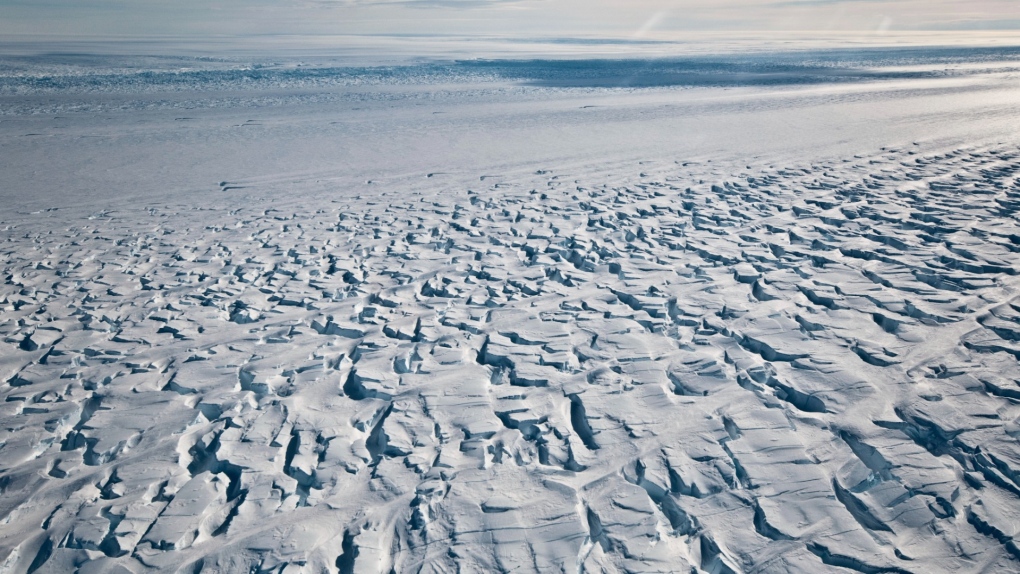
Antarctica's ice shelves are thinner than we thought. Here's what that means for sea levels
CTV
New research has found that previous studies on the Antarctic ice shelves may have overestimated their thickness, an important factor for scientists to determine how fast sea levels could rise.
New research has found that previous studies on the Antarctic ice shelves may have overestimated their thickness, an important factor for scientists to determine how fast sea levels could rise.
Researchers from Ohio State University say in a study published in the Journal of Glaciology last month that previous estimates were off by almost six per cent on average, amounting to a difference of about 17 metres.
The researchers say while this may seem small in scale, a typical ice shelf can range from 50 to 600 metres thick.
Previous research, at times, understated ice shelf thickness in some areas.
"Because the Antarctic ice sheet is so big, a one per cent misestimation in how fast it's melting could mean inches or feet of sea level rise that we're not accounting for," Allison Chartrand, lead author of the study and a doctoral graduate of the Byrd Polar and Climate Research Center, told Ohio State News on Friday.
"So it's really important to be as accurate as we can."
The researchers looked at "vast datasets" for 20 of Antarctica's 300 ice shelf systems, or floating tongues of ice that extend from glaciers on land.
